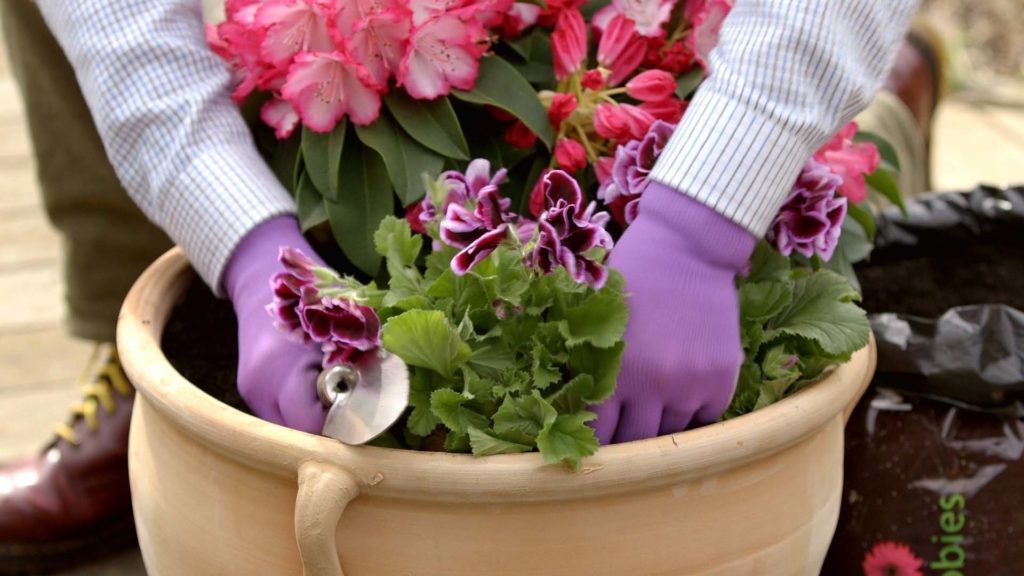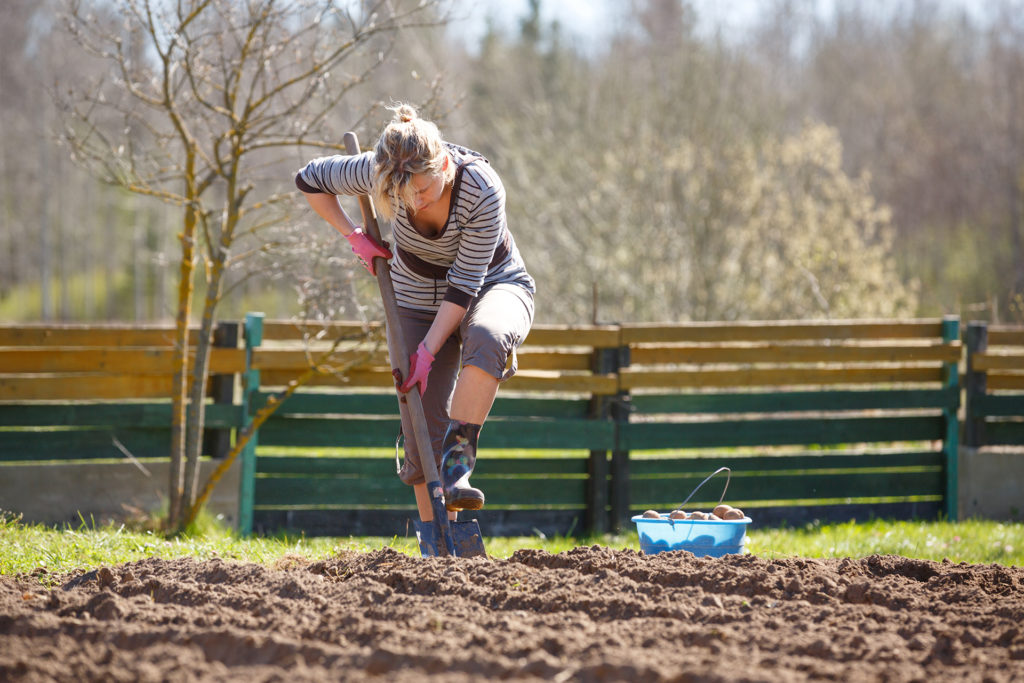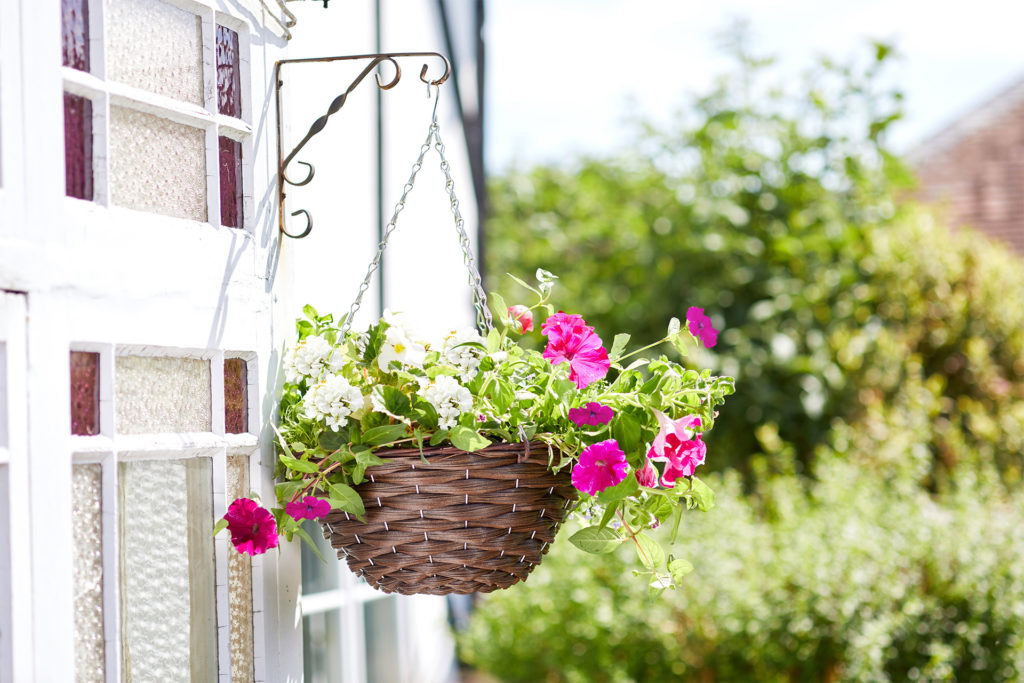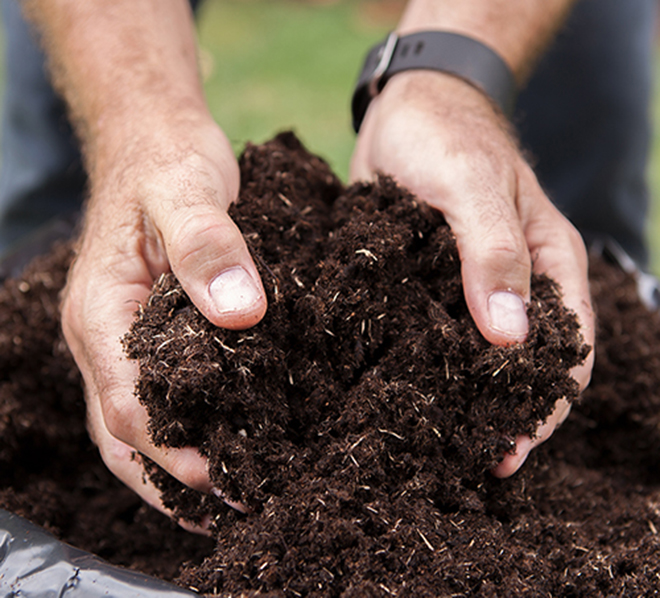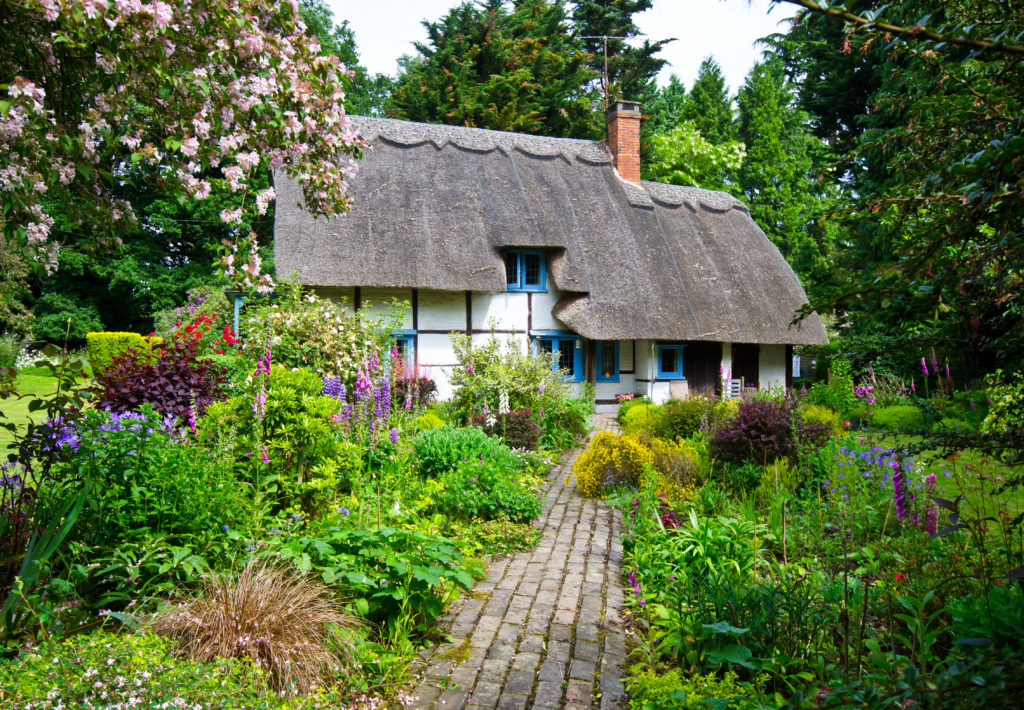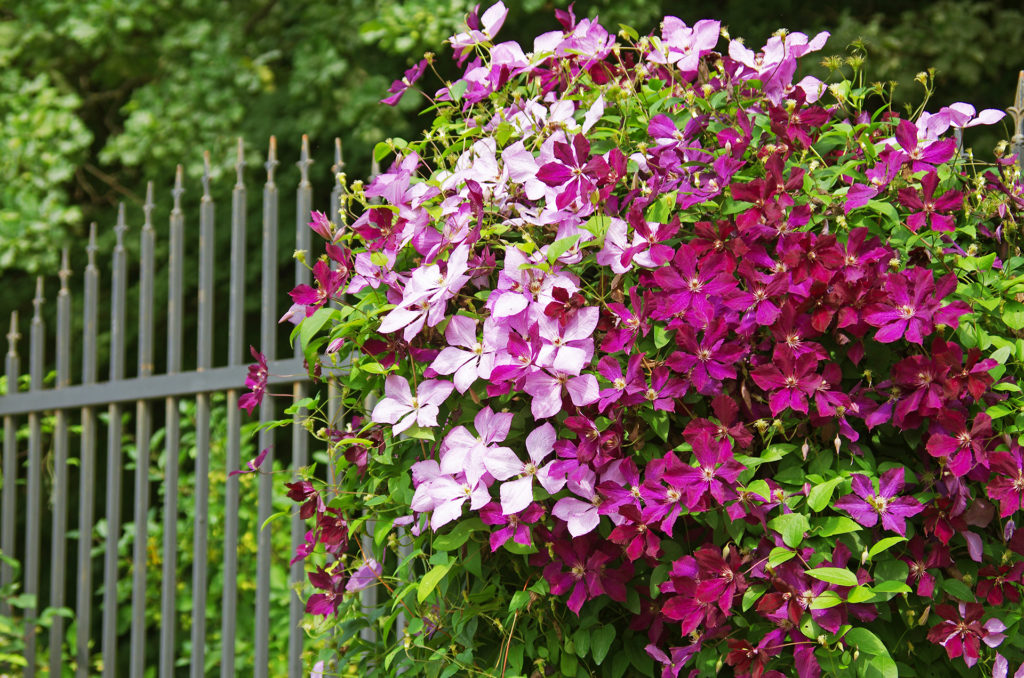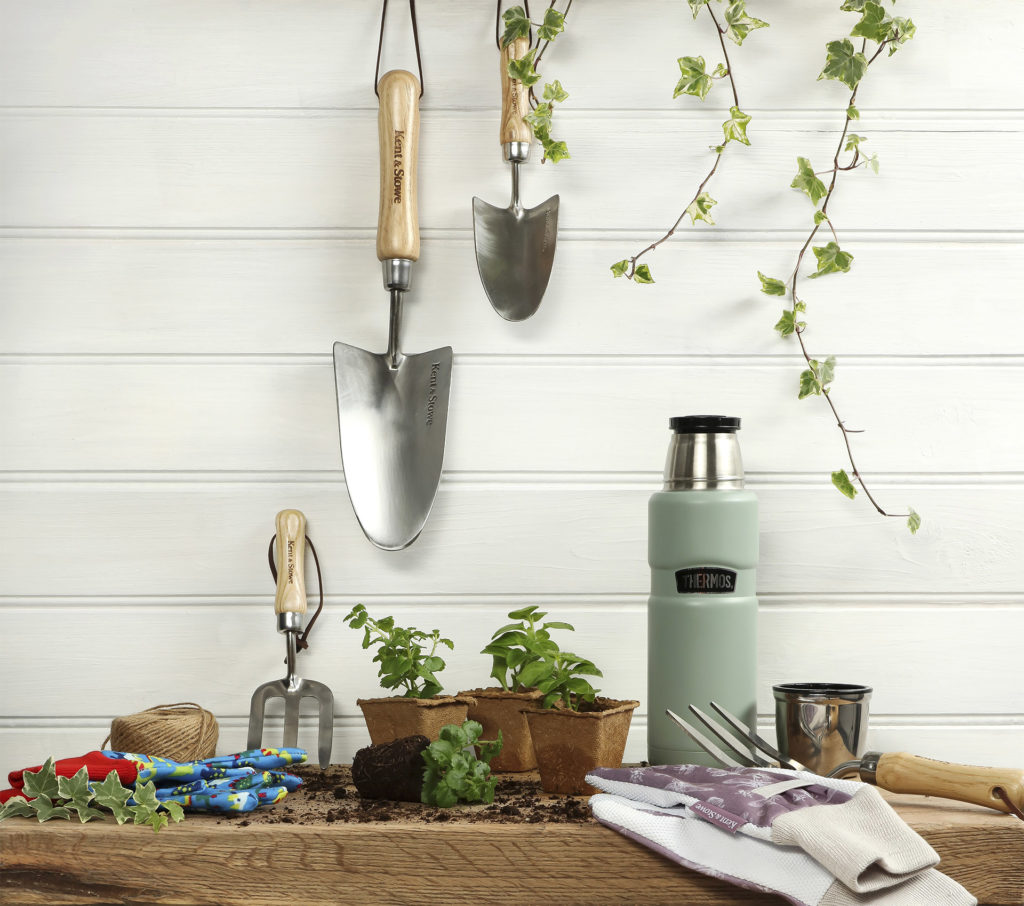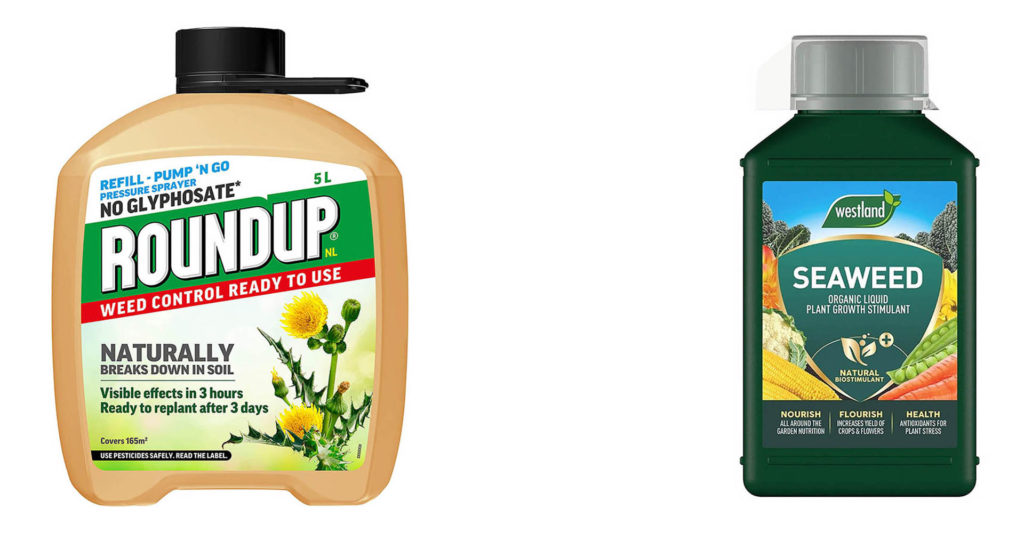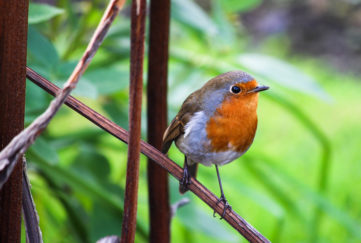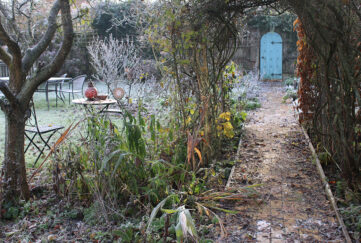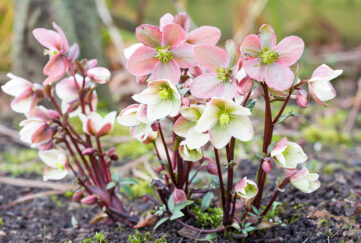Gardening Tasks For May From Dobbies
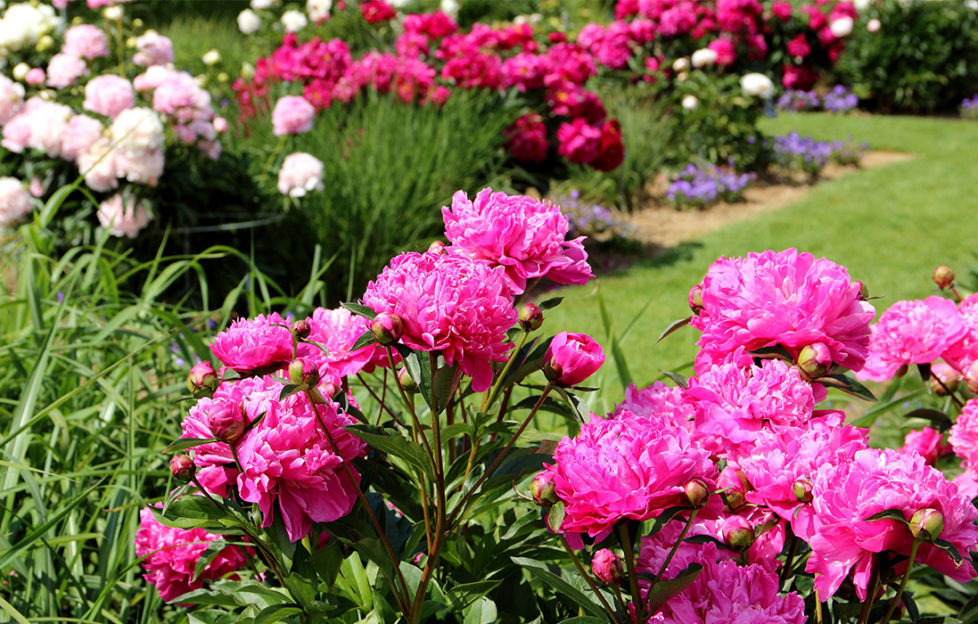
May is a fabulous month in the garden. Trees and shrubs burst into leaf and flower, cottage garden plants fill borders, and containers are ready to be refreshed with summer colours in readiness for longer days enjoyed outdoors.
On a mission to inspire everyone to get growing this Spring, the experts at Dobbies have shared the essential gardening jobs for the month ahead.
Resident gardening expert and horticultural director Marcus Eyles said, “With another Bank Holiday weekend to look forward to in May and following National Gardening Week, it’s truly a time to celebrate being in the garden. There’s plenty to be getting on with in every size of garden.
“As the weather warms, it’s a great month to plant your patio containers, hanging baskets and window boxes with summer bedding plants that will put on a fabulous display of floral colour until the frosts return in the autumn. It’s never too late to get planting and growing, but for a long season of colour and blooms on your doorstep, May is the ideal time to get underway if you haven’t already.”
Here’s what to do this month to make the most of your summer garden. Marcus encourages the use of sustainable products wherever possible.
Kitchen garden
- Tuck a layer of straw or strawberry mats under your crop of strawberries to prevent fruit being spoiled by soil splash. Net the plants, if necessary, to protect from opportunistic birds.
- Earth up your early potatoes to prevent tubers being exposed to the light and turning green. If you have not done so already, plant main-crop potatoes now for a ready supply from late summer into the autumn.
- Most vegetable crops can be sown now. With quick-growing crops such as salads and spinach, repeat-sow every 10 days to ensure a consistent supply of fresh leaves. Visit your local Dobbies to choose from our range of seeds. Or if you prefer, we have a wide range of young vegetable plants available for quicker results.
- Plant rows of your favourite herbs, such as parsley and coriander, for a plentiful supply for summer salads and alfresco barbecues. If you are short on space, grow them in containers on your patio for quick picking just when you need them. Once all risk of frost is passed, grow pots of sweet basil for Italian recipes and home-made pesto.
- Protect young seedlings from slugs. For non-chemical control, apply nematodes to the surrounding soil as an effective organic control.
- Harvest tender stems of Rhubarb and delicious asparagus spears before they reach 18” in length.
Patio garden
- Plant up patio containers, hanging baskets and window boxes with summer bedding plants. During May, Dobbies has an extensive range of British-grown quality bedding plants to choose from. If you’re short on time you can choose a pre-planted insert, in the colour theme of your choice. Simply drop it into your chosen hanging basket or patio container for a show-stopping display.
- Remember to feed containers and hanging baskets fortnightly with a liquid fertiliser, as per the manufacturer’s instructions, to keep them healthy and looking their best.
- Depending on your location, tender bedding plants such as Cannas and Dahlias can be planted out towards the end of the month. Be vigilant for any late frosts and protect accordingly. Colder areas may be wise to wait until early June.
- Bedding plants raised from seed can now be hardened off in a cold frame over a period of 7-10 days before planting out.
Beds and borders
- Warmer temperatures will herald the appearance of weeds. The quickest and easiest way to control them is to hoe them off before they get chance to get established, applying a thick layer of mulch over the soil surface to help keep any further weeds at bay. Mulching with organic matter, such as farmyard manure, also locks in moisture and, over time, helps to improve your soil, whilst giving plants a well-needed boost.
- Wallflowers and early spring bedding will be starting to fade now, so remove tired plantings, adding them to the compost heap, to make way for fresh summer displays.
- Prune early spring flowering shrubs such as Chaenomeles, Forsythia and Ribes after flowering, if required. More tender late summer flowering shrubs such as Caryopteris, Perovskia and hardy Fuchsias can also be trimmed now, if they need it.
- Top dress alpines with grit or gravel to show off their spring flowers. Grit helps to prevent soil splashing on to their delicate blooms and also improves drainage.
- If hedges start to look a little shaggy, May is a good month to give them a light trim, but first check for nesting birds and, if necessary, wait until fledglings have flown.
- Deadhead clumps of daffodils and tulips, so that energy is concentrated back into the bulb for next spring. Leave the foliage in place to die back naturally as this feeds the bulbs.
Cottage garden
- This month, cottage garden plants are growing madly and filling borders with their vigorous growth. Put plant supports in place around taller herbaceous plants, or those that carry prized heavy blooms, such as paeonies. Do this early, before your plants get too big, and the look will be more natural. At Dobbies, we have an extensive range of quality British-grown herbaceous plants, available in-store, perfect for adding colour to existing or new borders.
- Early season herbaceous plants, such as Pulmonarias or Hardy Geraniums, can be cut back after flowering to encourage re-growth of tidy, fresh new foliage and often a second flower display.
- Later this month, the renowned ‘Chelsea Chop’ is also a great way to stagger height and flowering times of some late summer herbaceous plants. Sedums and Phlox, which can sometimes grow over-tall and floppy, benefit from being cut back by one third. The resulting new growth is compact and bushy, bearing numerous, slightly smaller blooms later in the season for a prolonged period of colour.
- Take action to protect susceptible lush foliage, such as Hosta, from slug damage.
- Sweet Peas will be growing strongly now. Every few days, use garden twine to tie-in long growths to their bamboo or hazel stick supports. Once they are established, they will soon start to climb happily by themselves.
- Early spring Clematis montana can be cut back after flowering if required. Tie in new growth on your summer flowering clematis and honeysuckle.
- For quick and easy results, fill gaps in borders with late sowings of hardy annuals, or plant groups of late summer flowering annuals such as Cosmos or Nicotiana for added colour and fragrance. Visit your local store to choose from our wide range.
- Ensure new plantings are kept watered during dry spells.
In the greenhouse
- Continue pricking out half-hardy and tender seedlings. When they are large enough to be planted out, be sure to harden them off in a cold frame over a period of 7 to 10 days before planting out in their final position.
- Start to harden off tomatoes, courgettes and cucumbers, ready for planting out in June.
Lawncare
- Regular weekly mowing is best for a healthy lawn, mixing the clippings into your compost heap.
- Early May is an ideal time to sow new lawns, or repair bare patches, on ground that has been pre-prepared, levelled and firmed. Alternatively, for quicker results, lay new turf, available in-store and online. Whichever you choose, be sure to keep it well watered, and avoid walking on it for a few weeks to allow time for new roots to establish themselves.
- To achieve a lovely green lawn, apply a high nitrogen summer feed. If weeds or moss are present, use a combined fertiliser with moss and weed control lawn treatment.
Indoor plants
- Cymbidiums, citrus and other foliage plants such as Ficus benjamina (Weeping Fig) benefit from being stood outside on milder days. However, beware of cold nights and bring indoors if necessary.
Sustainable gardening
Dobbies is committed to educating about the importance of soil health and delivering environmentally friendly practices and products, as well as sustainable solutions. More information on #sustainabledobbies

